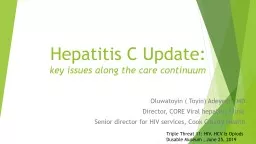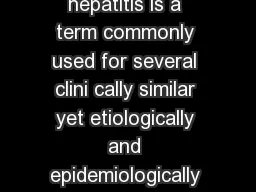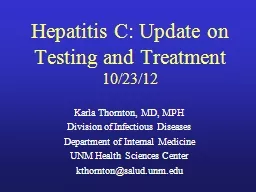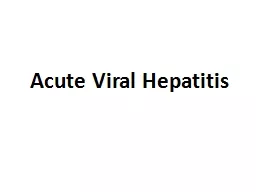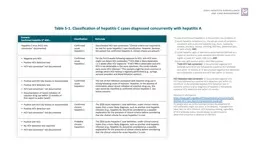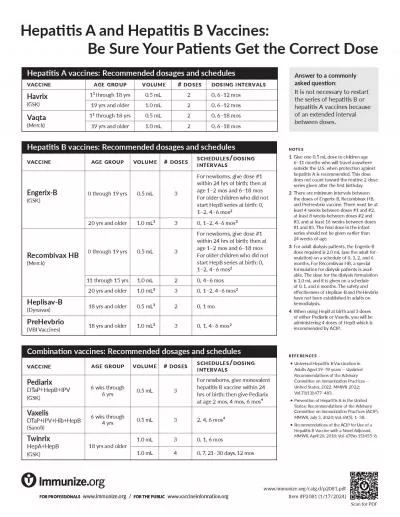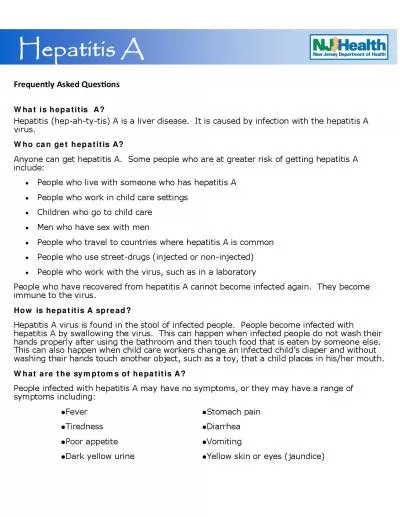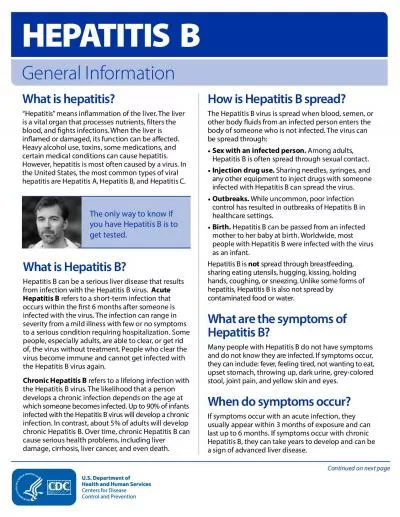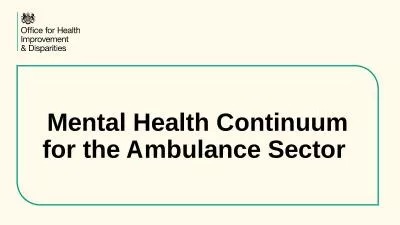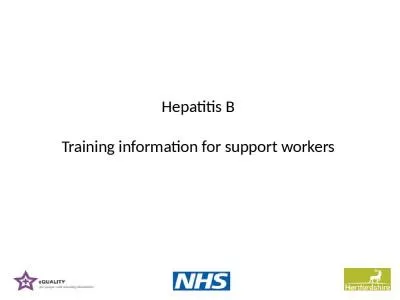PPT-Hepatitis C Update: key issues along the care continuum
Author : martin | Published Date : 2022-06-28
Oluwatoyin Toyin Adeyemi MD Director CORE Viral hepatitis Clinic Senior director for HIV services Cook County Health Triple Threat 11 HIV HCV amp Opiods Dusable
Presentation Embed Code
Download Presentation
Download Presentation The PPT/PDF document "Hepatitis C Update: key issues along t..." is the property of its rightful owner. Permission is granted to download and print the materials on this website for personal, non-commercial use only, and to display it on your personal computer provided you do not modify the materials and that you retain all copyright notices contained in the materials. By downloading content from our website, you accept the terms of this agreement.
Hepatitis C Update: key issues along the care continuum: Transcript
Download Rules Of Document
"Hepatitis C Update: key issues along the care continuum"The content belongs to its owner. You may download and print it for personal use, without modification, and keep all copyright notices. By downloading, you agree to these terms.
Related Documents

